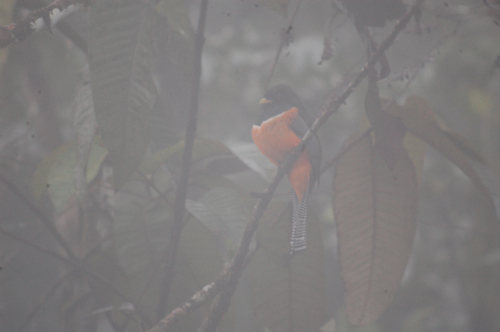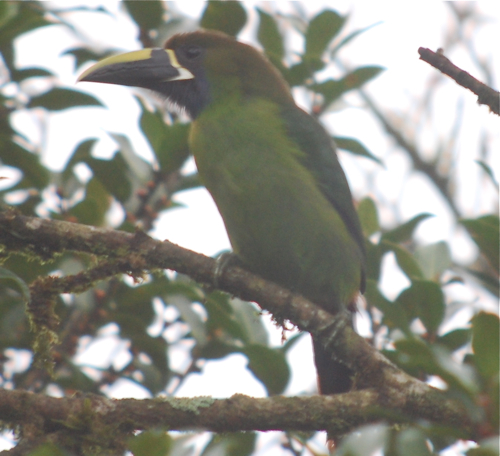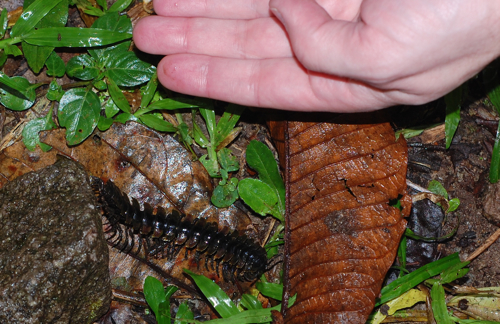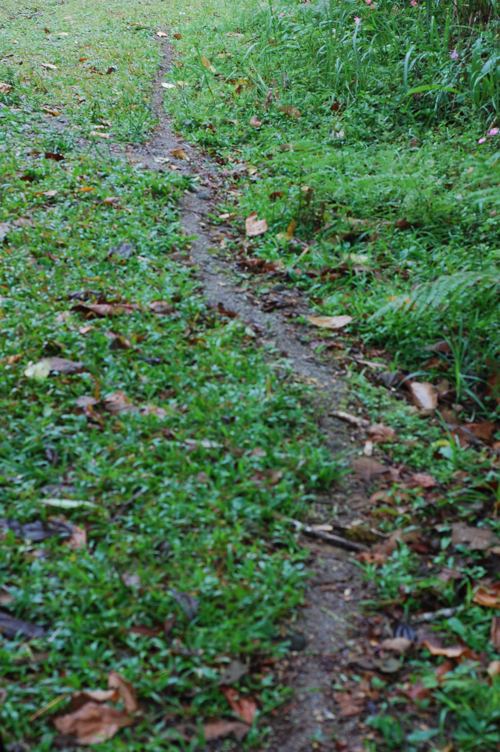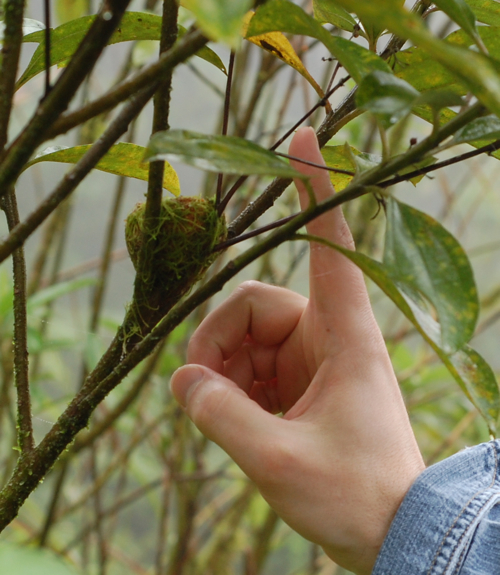There are some birds who are celebrities to me--one would be the potoo. I was into birds as a kid, I had a ton of books and I remember sitting in my room looking at bird books and there were certain birds that were iconic that I hoped to see one day when I got older and had the means to travel. The potoo falls in that category.

Potoos are nocturnal birds in the order of Caprimulgiformes and that includes nightjars (like nighthawks and whip-poor-wills) but are in their own family. Nighthawks are also active at night and will roost horizontally on the ground or a branch to hide from potential predators. Potoos do it upright and kind of look like a broken off branch. If you go to Google Image Search, you'll find a ton of photos of potoos in action.
When we were birding our first day at Canopy Tower, I asked my guide Carlos Bethancourt if there were any around. I wanted to see a potoo and when I asked people for bird requests, someone requested that I try and get a photo of a potoo. Carlos said that they have them but they are not always at the same roosting spot. During lunch he came up to me and said that a potential potoo has been spotted near the entrance gate to Semaphore Hill (the road that leads to the tower). He was going to check it out to see if it was there and show people on the afternoon field trips and wanted to know if I would like to come along. So I did!

The best part was that Carlos took me to the general area and then had me look for it. My first attempt turned out to be an ant nest but I found it the second time and we set up our scopes on the cool bird. I was so excited to see this bird, I wanted to ask for its autograph. I love when I birds doing what I have read about for years--there was the great potoo perched and erect, looking like a piece of branch like all the guides and online photos show. And this was a great potoo--it was huge! The great potoo was nothing like a dainty nighthawk, it was the size and shape of roughly a red-tailed hawk. As Carlos watched me take photos with my Nikon D40 on my Swarovski ATM 80 scope, he asked to try the camera on his Leica scope.

He got a pretty cool photo of it stretching its wings and I was stunned at how long they were. The wings were not pointed like a nightjar and I wondered what it must be like to see something like that fly. They don't zoom around like a nighthawk. They grab insects like a flycatcher does. The potoo will perch out on a prominent branch and fly out at night to grab beetles, moths, grasshoppers and other large insects.

While Carlos used my camera, I handheld an HD video camera to my scope and managed to get a few stills. Look at that floofy face! And notice all the wispy feathers around the head. I bet it would be so soft to touch. Alas, like so many birds, not a good pet but such a cool bird to see up close. I'm glad Carlos took me out during the break time, I was able to get some gratuitous photos of this great potoo without the rest of a birding group getting irritated that I wanted to lolly-gag. I could have stayed and watched this bird all day. And that is the sign of what a great place this is. If you have a birding/wildlife request at Canopy Lodge or Canopy Tower and you tell them what you would like to do, they work very hard to accommodate that request, while still be respectful to the wildlife and environment. I've been to a lot of places that wanted me to cover how great they are for birding, this is one organization that has truly lived up to the hype.
Canopy Tower offers night excursions (which I'll blog about soon) and while we were out we got to hear a common potoo. Here's a link on Xeno-Canto of what a common potoo sounds like (do follow it, that is one of the coolest bird songs ever). I remembered hearing that on the Biodiversity of Animal Sounds CD from Cornell and always thought, "What must that be like to hear in the wild?" Answer: Pretty damn cool! We were on Semaphor Road in the dark, no lights, hearing crickets and no traffic. Then that lonely call (almost like a child on a pipe) comes from overhead and another echoes far in the distance. It was beautiful and I haven't felt chills like that down my spine since the first time I heard a brown-backed solitaire.
Anyway, I was hopeful that since we heard the common potoo's haunting song at night that the great potoo would have an equally touching call. Not exactly. Here's a great potoo calling on Xeno-Canto. It's rather reminicent of Barney Gumble on the Simpsons. Ah well, I guess that is the sound would expect an odd bark looking bird to make.
Here's a video of the great potoo and you can see how well it is hiding in the branches. It's only about a minute and a half long:
[youtube]http://www.youtube.com/watch?v=gsBBK6v-7Sk[/youtube]
Did you hear the cars in the background? The potoo was not bothered. One of the things I love about my videos from Panama is that you can hear Carlos in the background of some of them and he seems just as genuinely happy to see the bird as you are. He's a very enthusiastic guide.

It's a once in a lifetime bird to see...and I just realized the type of bird that makes my husband shake his head. I saw all these colorful birds and the one that I'm super excited about is brown and gray.
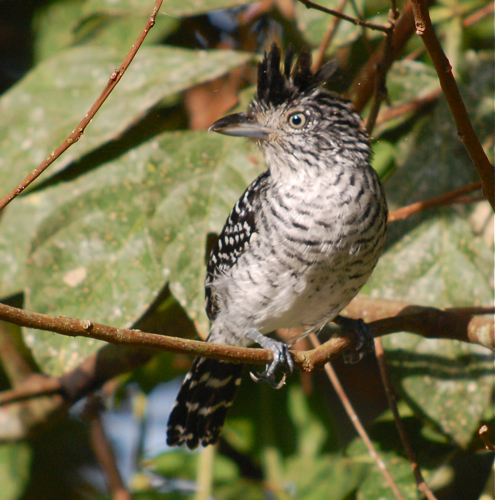 Going through some photos for upcoming presentations at Hawk Ridge and Berkeley Springs, I came across this bird, a barred antshrike from my trip a couple of years ago from Canopy Tower in Panama. I suddenly feel a huge ache to be back in Central America, specifically to this lodge. I always try to plan a mid winter trip...think Panama must be it in 2013.
Going through some photos for upcoming presentations at Hawk Ridge and Berkeley Springs, I came across this bird, a barred antshrike from my trip a couple of years ago from Canopy Tower in Panama. I suddenly feel a huge ache to be back in Central America, specifically to this lodge. I always try to plan a mid winter trip...think Panama must be it in 2013.
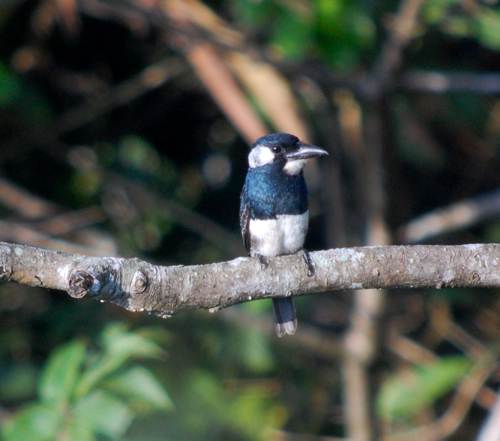
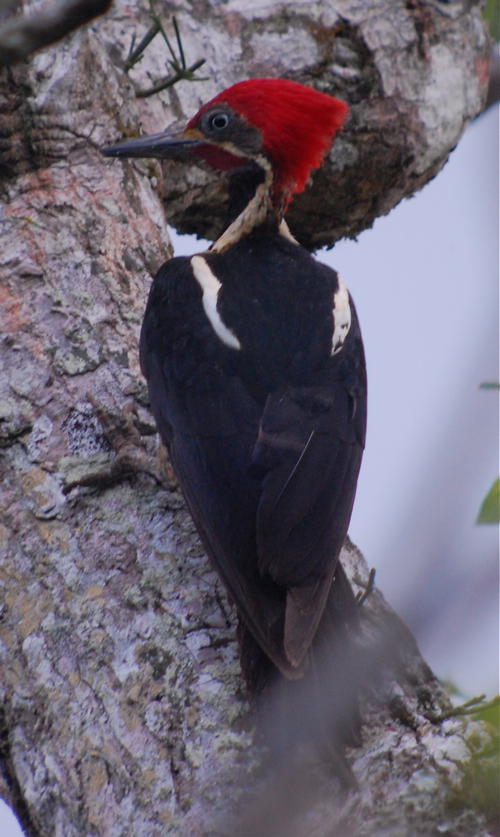
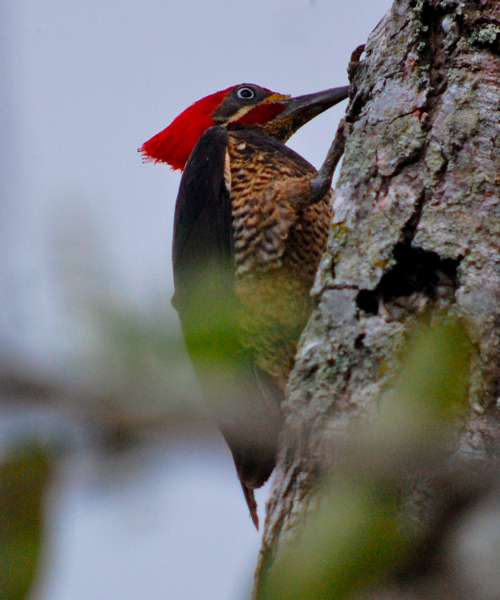









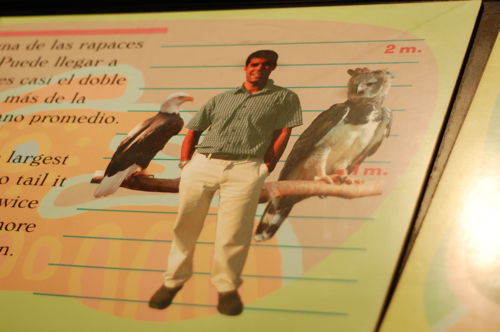




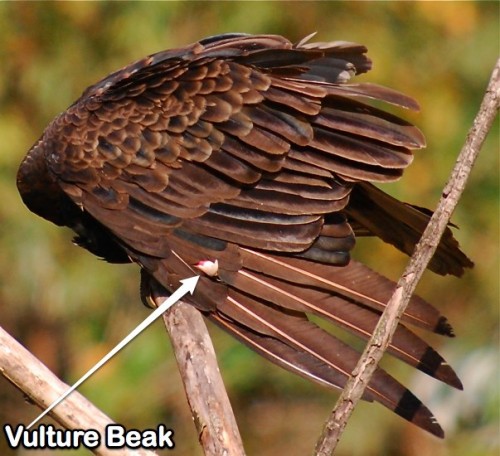
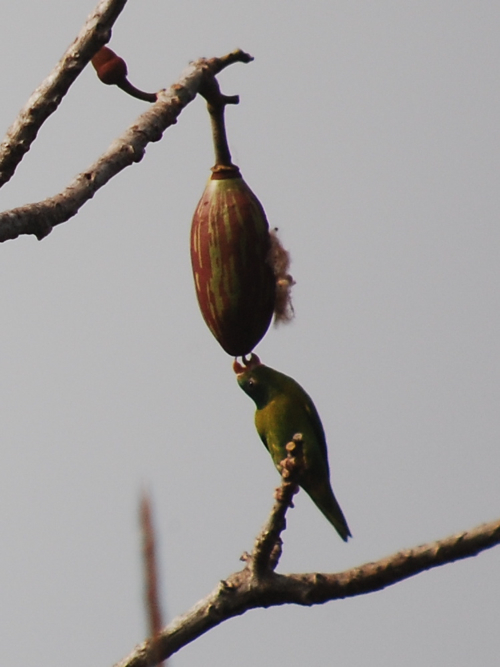 We should all approach life like this orange-chinned parakeet I saw in Panama
We should all approach life like this orange-chinned parakeet I saw in Panama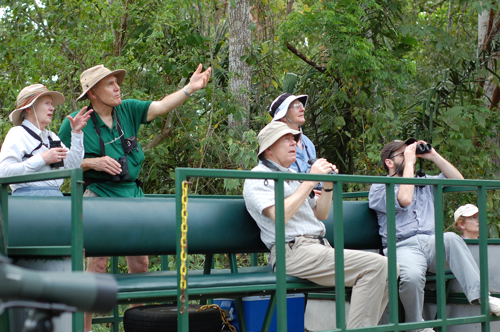
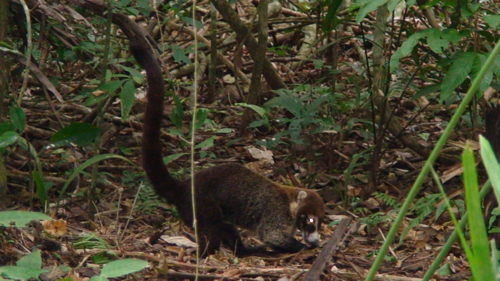
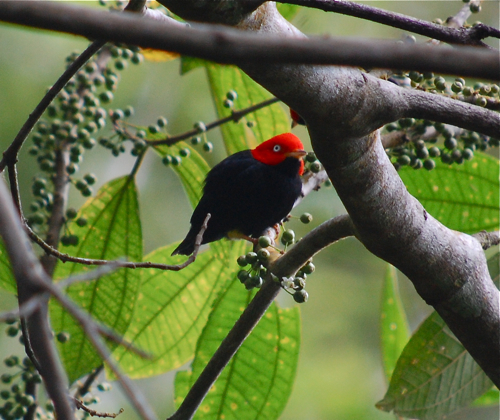
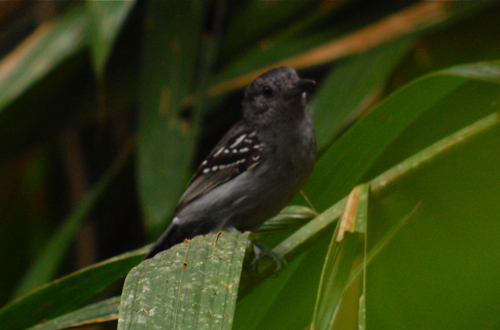
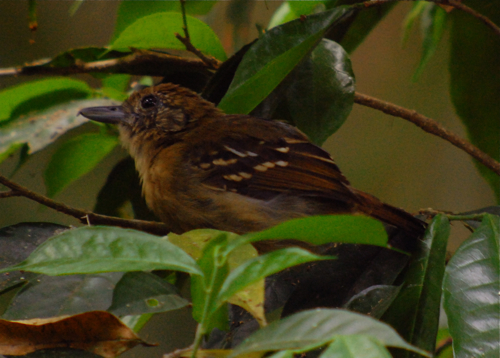
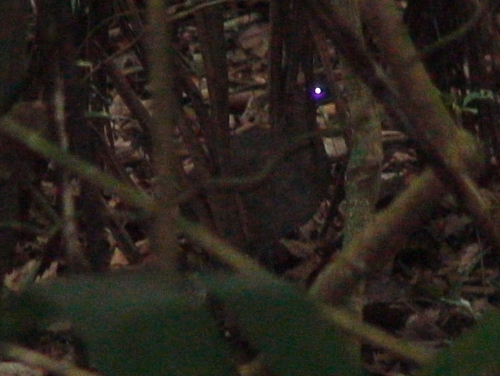
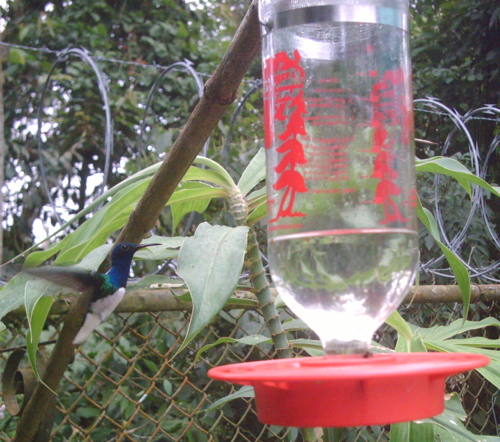





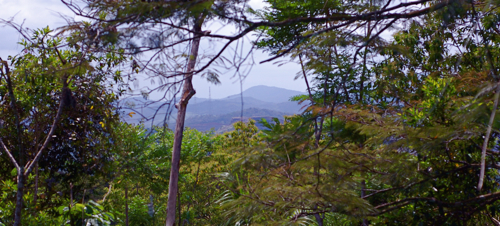
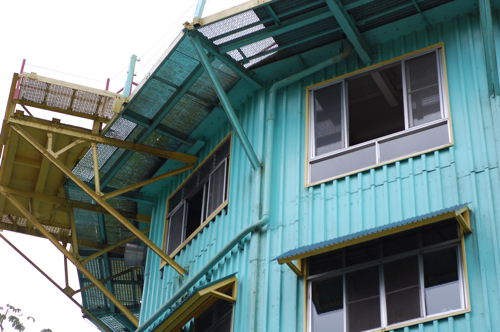
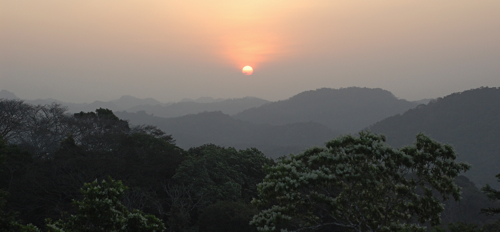
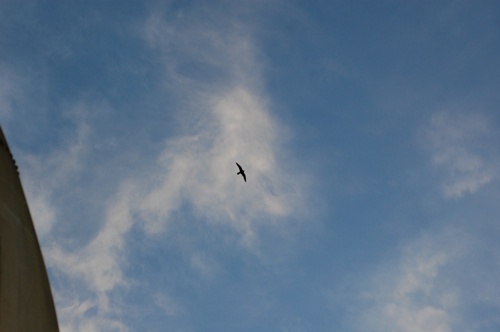
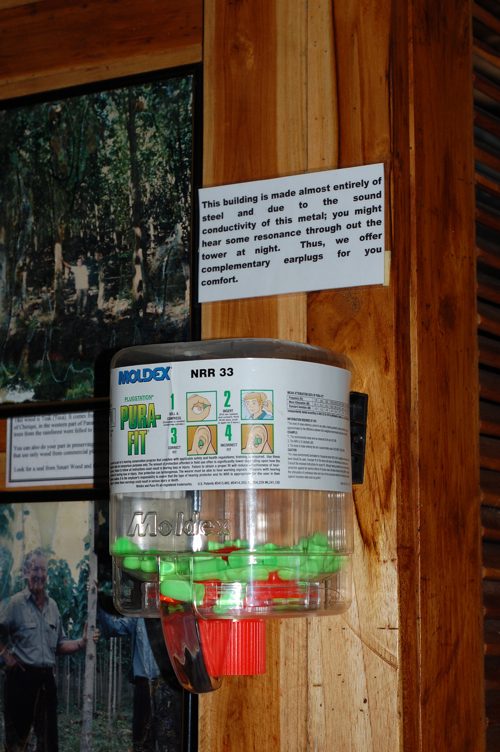
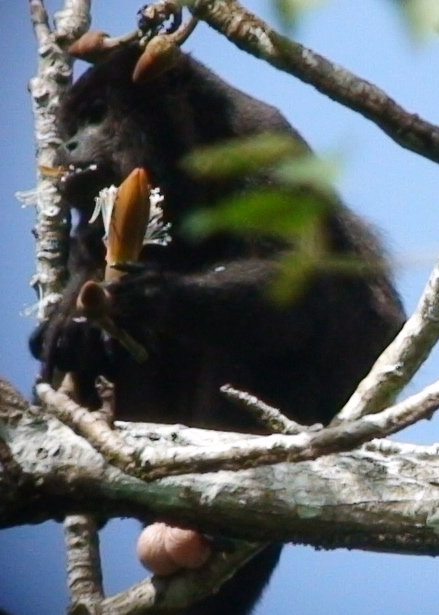
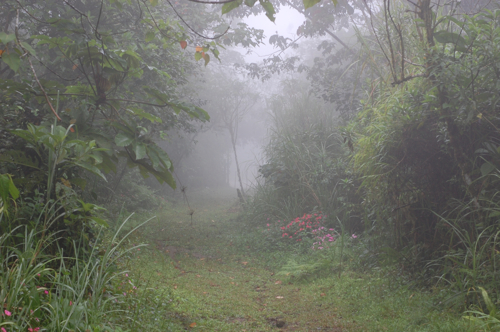 Believe it or not, it can be a tad humid in Panama leading to a great deal of fog in the upper elevations early in the morning. It was like walking in a strange dreamland and were surrounded by strange sounds. One of them was a bird that excited our guide Tino (the Human iPod) and he said, "Thrush like schiffornis" and casually walked toward the sound strumming air guitar and whistling back at the bird. He whistled,
Believe it or not, it can be a tad humid in Panama leading to a great deal of fog in the upper elevations early in the morning. It was like walking in a strange dreamland and were surrounded by strange sounds. One of them was a bird that excited our guide Tino (the Human iPod) and he said, "Thrush like schiffornis" and casually walked toward the sound strumming air guitar and whistling back at the bird. He whistled, 